What is Pulmonary Function Test (PFT)?
Pulmonary function tests (PFTs) are noninvasive tests that measure how well the lungs are functioning. The tests measure lung volume, capacity, rates of flow, and exchange of gas. This data can help your primary care physician analyze and choose the treatment for certain lung issues.
There are 2 kinds of disorders that cause issues with air moving all throughout the lungs:
- Obstructive: This is when air experiences difficulty flowing out of the lungs because of airway resistance. This causes a diminished flow of air.
- Restrictive: This is the point at which the lung tissue and additionally chest muscles can’t expand enough. This makes issues with airflow, for the most part, because of lower lung volumes.
Why are these tests done?
Your primary care physician will arrange these tests to evaluate how well your lungs are functioning. In the event that you as of now have a condition that is affecting your lungs, your primary care physician may arrange this test to check whether the condition is advancing or how it’s reacting to treatment.
PFTs can help diagnose:
- Chronic bronchitis
- Respiratory infections
- Asthma
- Allergies
- Lung fibrosis
- A condition that involves the stretching and widening of the lungs-bronchiectasis
- Emphysema or COPD
- Lung cancer
- Sarcoidosis- if your lungs, lymph nodes, liver, eyes, skin and other tissues are inflamed
- A weakness of the muscles of the chest wall.
- Pulmonary tumour
- Asbestosis- long term exposure to asbestos causes this condition.
- Scleroderma: A diseases of the connective tissues
How to prepare for the pulmonary function tests?
In case you’re taking medicines that open your airways, for example, those utilized for asthma or interminable bronchitis, your primary care physician may request that you quit taking them before the examination. In the event that it isn’t certain whether you should take your drug, try to ask your primary care physician. Pain prescriptions may likewise influence the consequences of the test.
You should inform your primary care physician regarding any over-the-counter and prescription pain medications you’re taking. It’s significant that you don’t eat a huge meal before testing. A full stomach can keep your lungs from breathing in completely.
You ought to likewise keep away from food and beverages that contain caffeine, for example, chocolate, espresso, and tea, before your test. Caffeine can make your airways be progressively open which could influence the aftereffects of your test. You ought to likewise abstain from smoking in any event an hour prior to the test, and not perform any strenuous exercise before the test. Make certain to wear baggy garments to the test. Tighter garments may limit your breathing.
You ought to likewise abstain from wearing jewellery that may influence your breathing. In the event that you wear dentures, wear them to the test to guarantee that your mouth can fit firmly around the mouthpiece utilized for the test. On the off chance that you have had a recent eye, chest, or stomach surgery or a recent heart attack, you will probably need to defer the test until you have completely recuperated.
What happens during the test:
Your doctor will choose the test contingent on which condition or disease they need to diagnose as each test works differently.
1. Spirometry:
Your PFTs may incorporate spirometry, which quantifies the measure of air you take in and out. During this test, you’ll sit before a machine and will be asked to wear a mouthpiece. It’s significant that the mouthpiece fits cosily with the goal that all the air you inhale goes into the machine. You’ll additionally wear a nose clasp to shield you from breathing air through your nose.
The respiratory technologist will disclose how to breathe for the test. You may then inhale ordinarily. Your PCP will request that you breathe in and out as deeply or as fast as you can for a few seconds. They may likewise request that you take in medicine that opens your airways. You’ll then inhale into the machine again to check whether the prescription influenced your lung work.
The test measures two aspects:
- The most air you can exhale after breathing in deeply. The outcomes will inform you as to whether you have a diminished capacity to breathe normally.
- How much air you can exhale in 1 second. The score tells your primary care physician how serious your breathing issue is.
2. Body Plethysmography:
You’ll inhale deeply for body plethysmography, which quantifies how much air is in your lungs when you breathe in deeply. It additionally measures how much air stays in your lungs after you exhale as much as you can.
Plethysmography is utilized for a few reasons:
- Your PCP may arrange this test to perceive how an infection, for example, COPD or asthma influences your lungs. The test may show that your treatment needs to change.
- It can help affirm whether you have a lung malady that decreases the amount of space in your lungs. Your primary care physician may call this a restrictive infection.
- It can determine if your airways have narrowed. Assuming this is the case, the test may enable your primary care physician to choose whether lung drugs called bronchodilators could support you. Bronchodilators open your airways.
- It can enable your primary care physician to make sense of how well you’d do on the off chance that you require surgery.
The test is easy and takes around 15 minutes. During the test, you sit in a clear plastic box. You wear a nose clip and inhale through your mouth into a special mouthpiece.
You can also Read: Why You Should Regularly Go For Blood Tests
3. Lung Diffusion Capacity test:
A lung diffusion capacity test gauges how well oxygen moves from your lungs into your blood. This test is like spirometry. You inhale into a tube joined to a machine. The test can help analyze an infection of the veins and arteries between your heart and lungs and show the measure of harm done by illness, for example, emphysema, an ailment wherein your air sacs are steadily decimated.
4. Bronchial Provocation Test:
On the off chance that you have asthma, you are aware that triggers, for example, exercise, smoke, and dust can out of nowhere make breathing troublesome. A bronchial provocation test can help analyze asthma. Your primary care physician can likewise utilize it to help measure how extreme your asthma is. During the test, you breathe in medicine that causes your airways to narrow. At that point, you take a spirometry test. You do this multiple times. Your primary care physician will utilize the readings to figure out how much your airways narrow during an asthma attack.
5. Cardiopulmonary Excercise Stress test:
This test measures the strength of your lungs and heart. It’s typically given to individuals who may have a coronary illness or lung issues. Sometimes these conditions appear just during exercise. During the test, you walk on a treadmill or a ride a stationary bike. The specialist watches out for your pulse as your heart thumps quicker and quicker. You’ll inhale into a cylinder that quantifies your lungs as they work harder.
6. Pulse Oximetry Test:
This easy test quantifies how much oxygen is in your blood. The specialist clips a probe to your finger, your ear cartilage, or another piece of your skin. The gadget utilizes light to gauge the degree of oxygen in your red blood cells.
7. Arterial Blood Gas Test:
This test gauges the degrees of gases like oxygen and carbon dioxide in blood taken from one of your arteries. You’ll commonly go to an emergency clinic or your primary care physician’s office for an arterial blood gas test. A medical caretaker or professional will utilize a needle to take the blood, most likely from your wrist. It may hurt, and you could bleed a little where the needle went in.
8. Fractional Exhaled Nitric Oxide Test:
At the point when you have specific sorts of asthma, you may have significant levels of a gas called nitric oxide in your body. The partially breathed out nitric oxide test quantifies its amount in the air after you exhale. For this test, you exhale gradually and consistently into a tube that is associated with a portable gadget.
What are the Risks of PFTS?
Pulmonary Function Tests are typically safe for the vast majority. In any case, in light of the fact that the test may expect you to breathe in and out rapidly, you may feel dizzy and there’s a hazard that you may blackout. On the off chance that you feel dizzy, tell your primary care physician. In the event that you have asthma, the test may make you have an asthma attack. In uncommon cases, PFTs may cause a collapsed lung.
In the event that you’ve seen that you’re short of breath, request your doctor to get a lung function test soon. Lung function tests are significant, regardless of whether you’ve just been determined to have a breathing issue or you figure you may have one. They can be the initial move toward breathing easier.

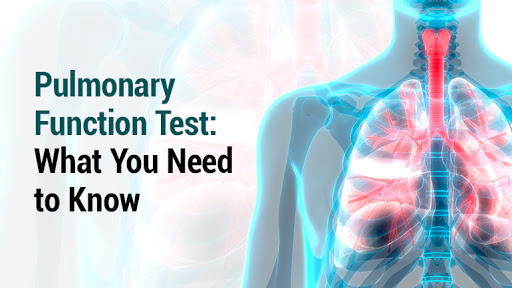
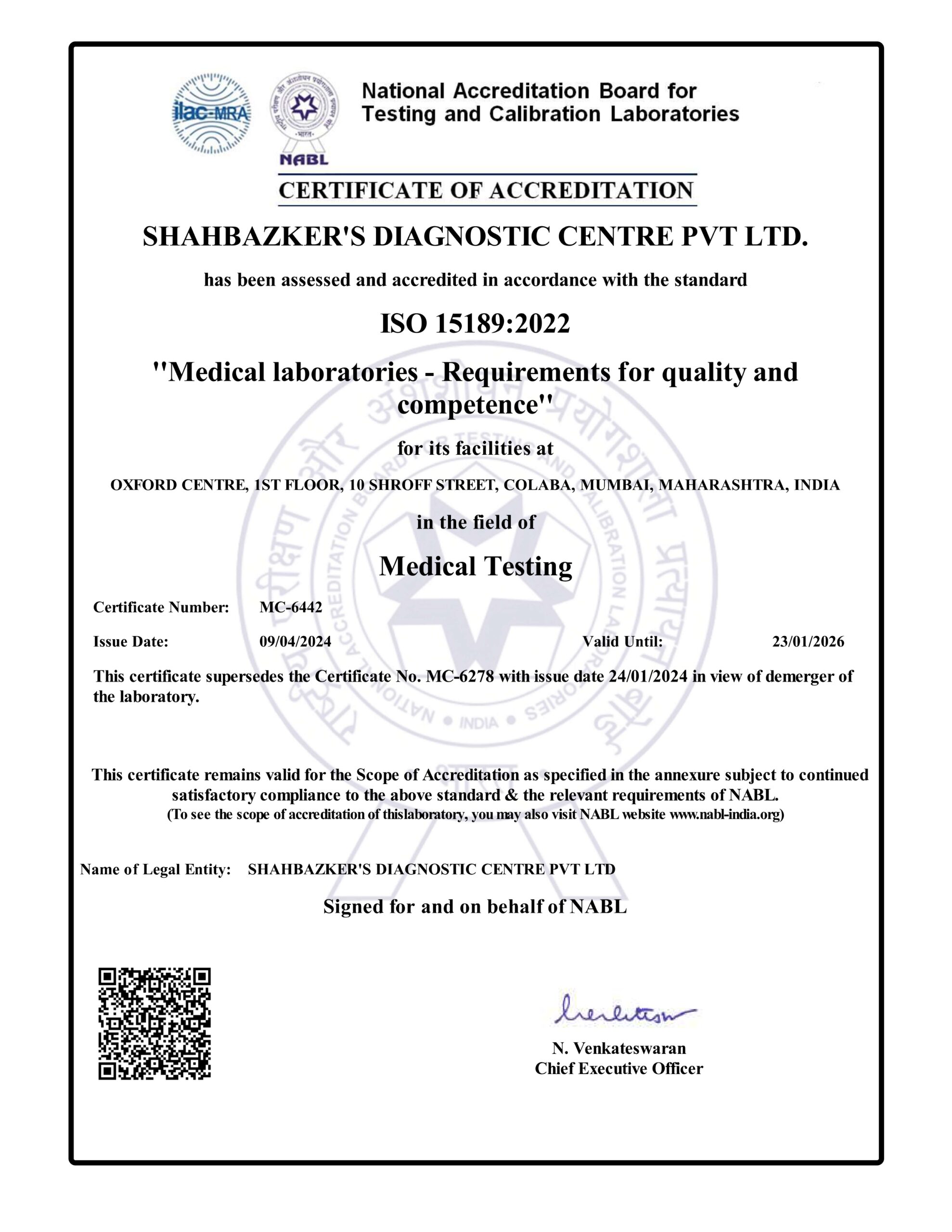
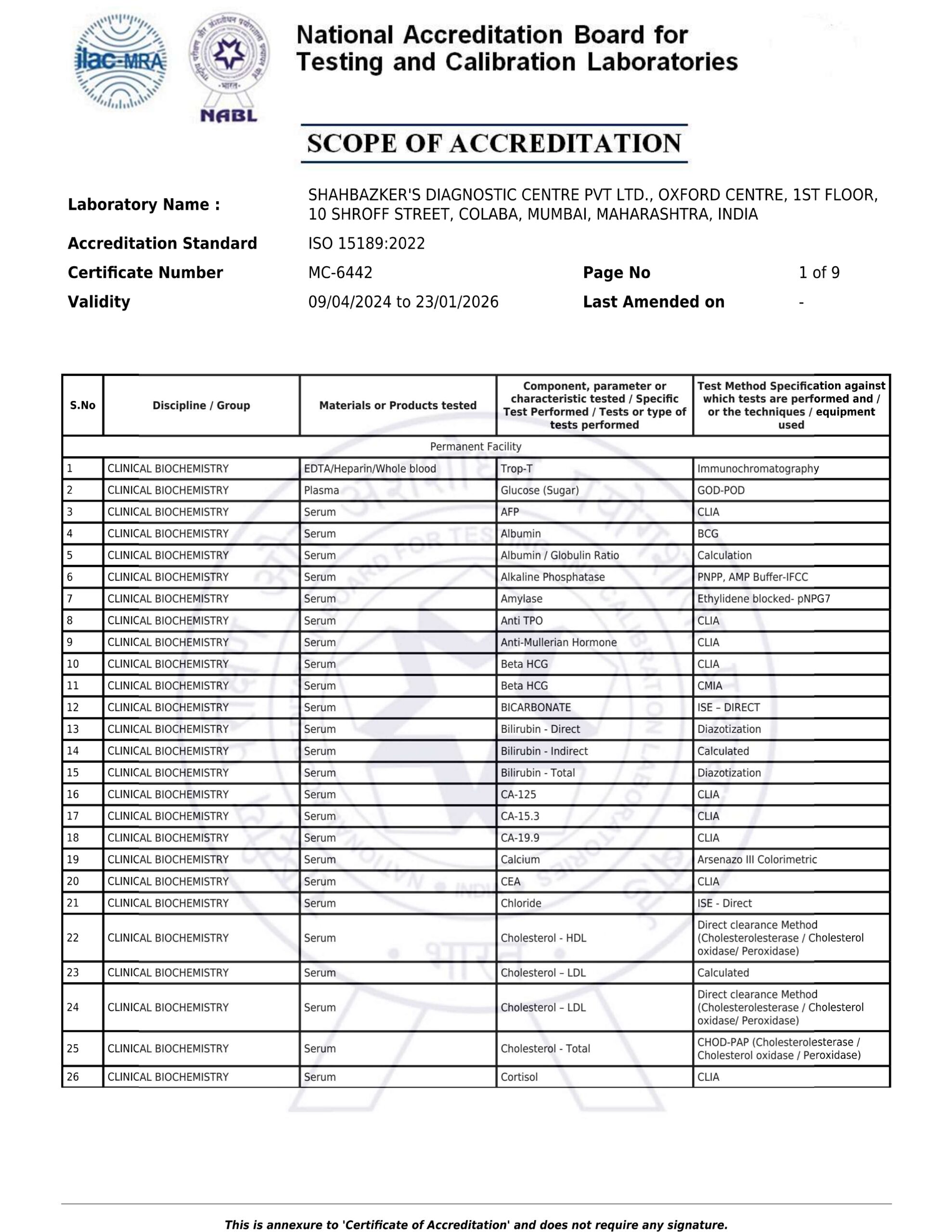
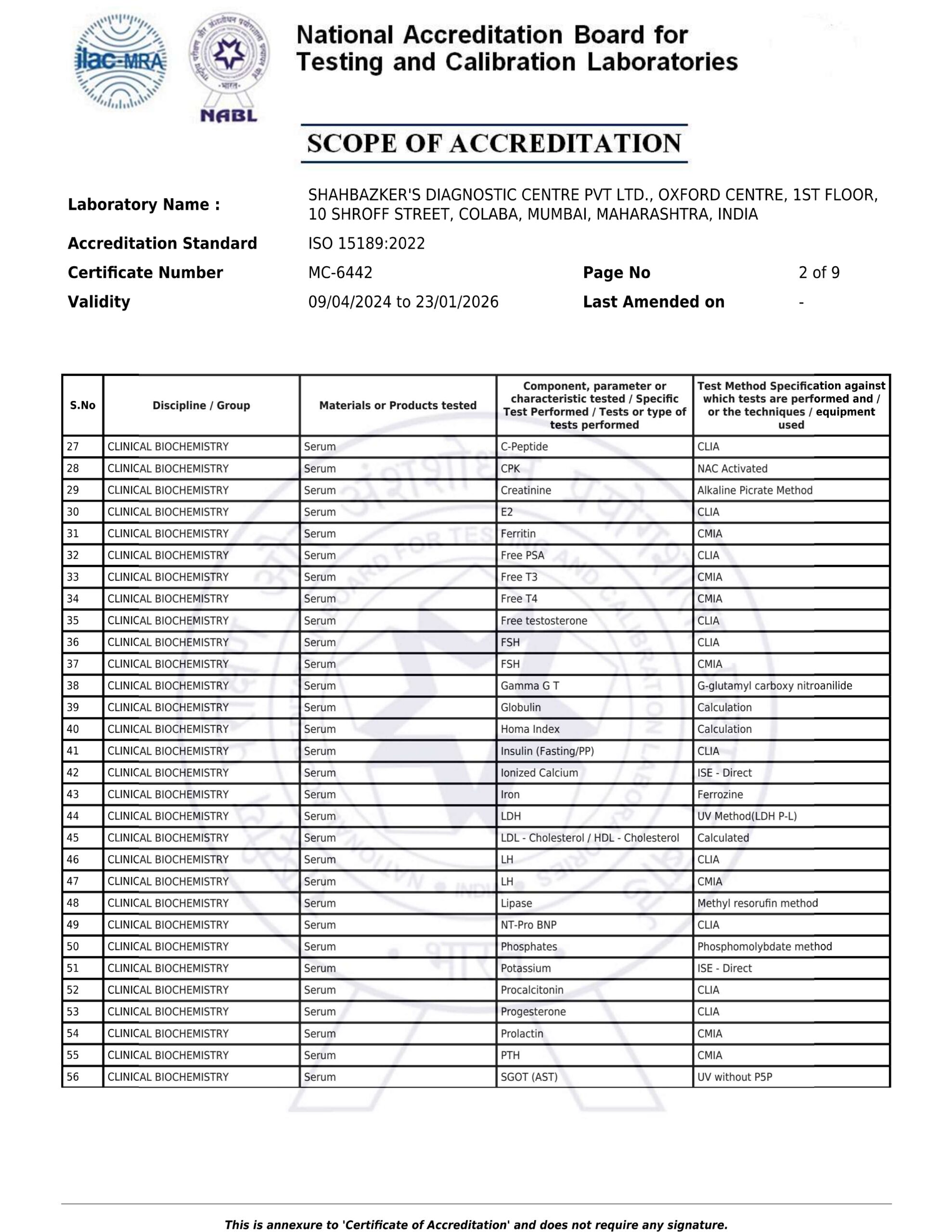
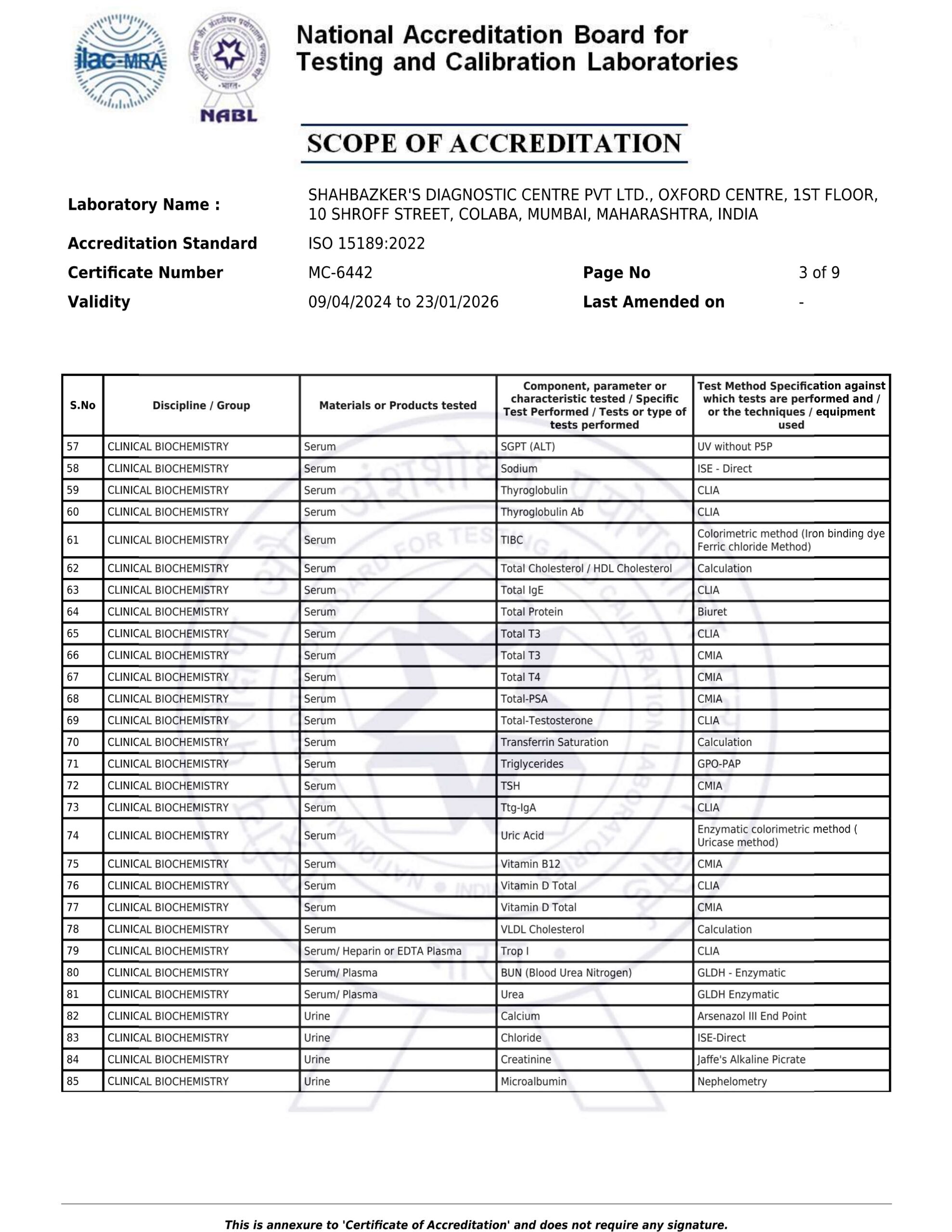

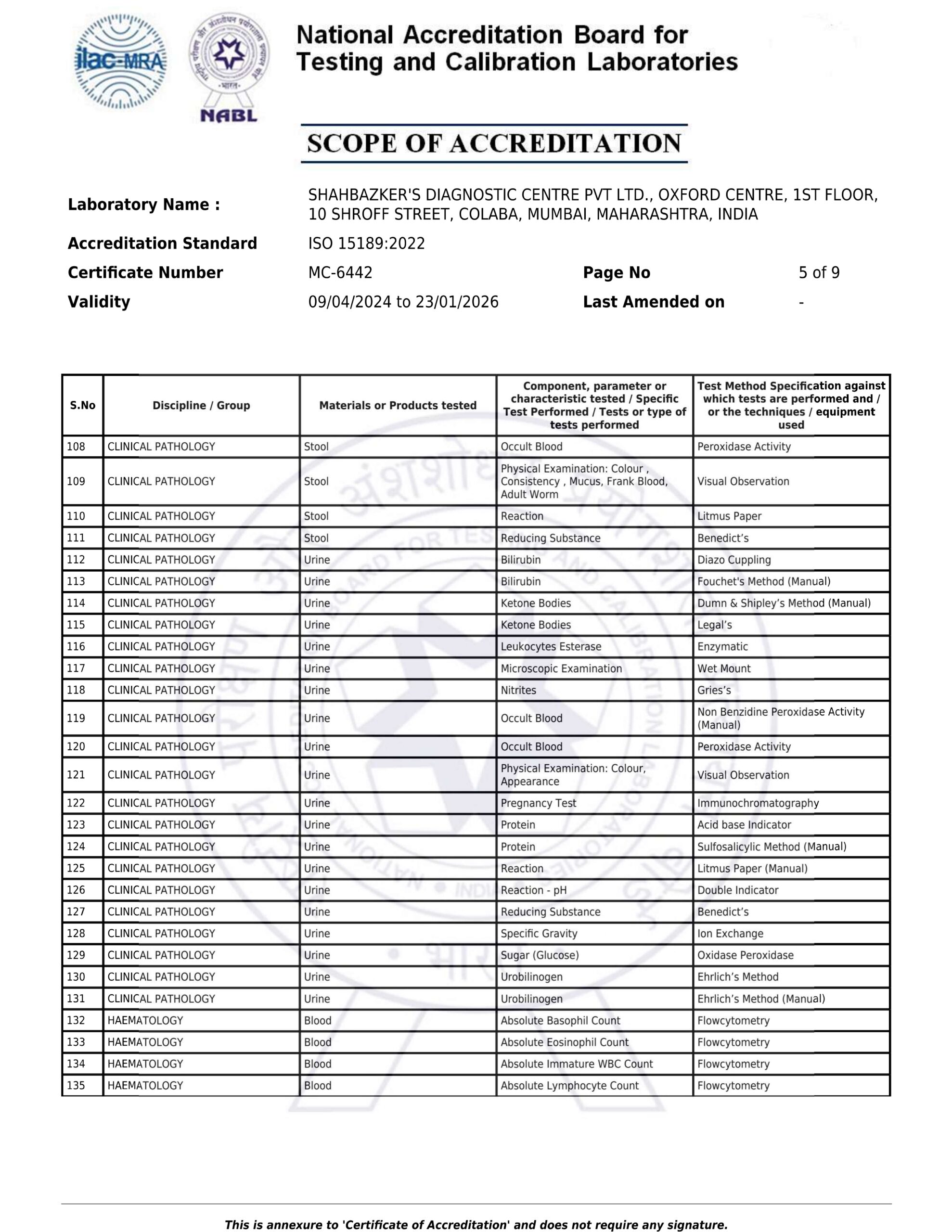
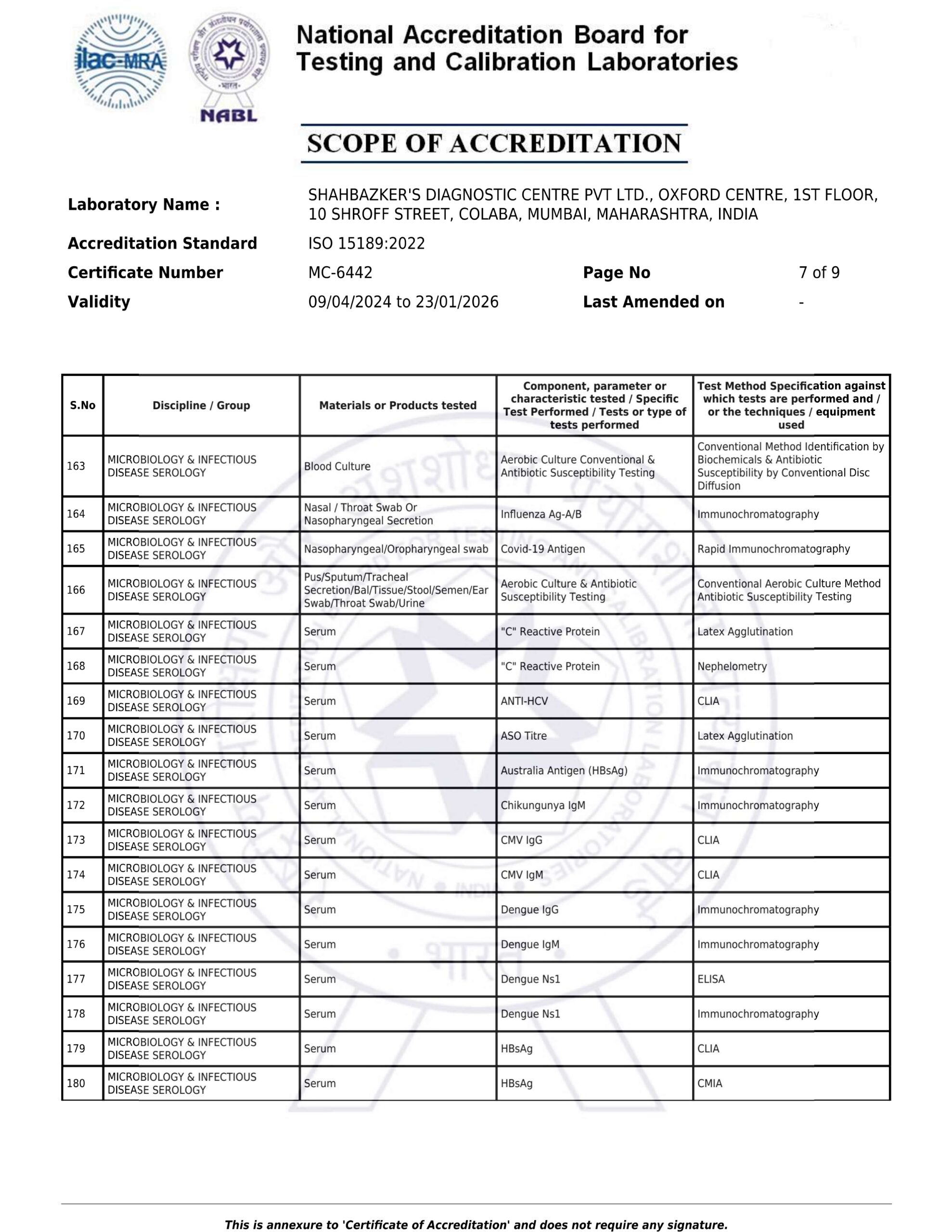

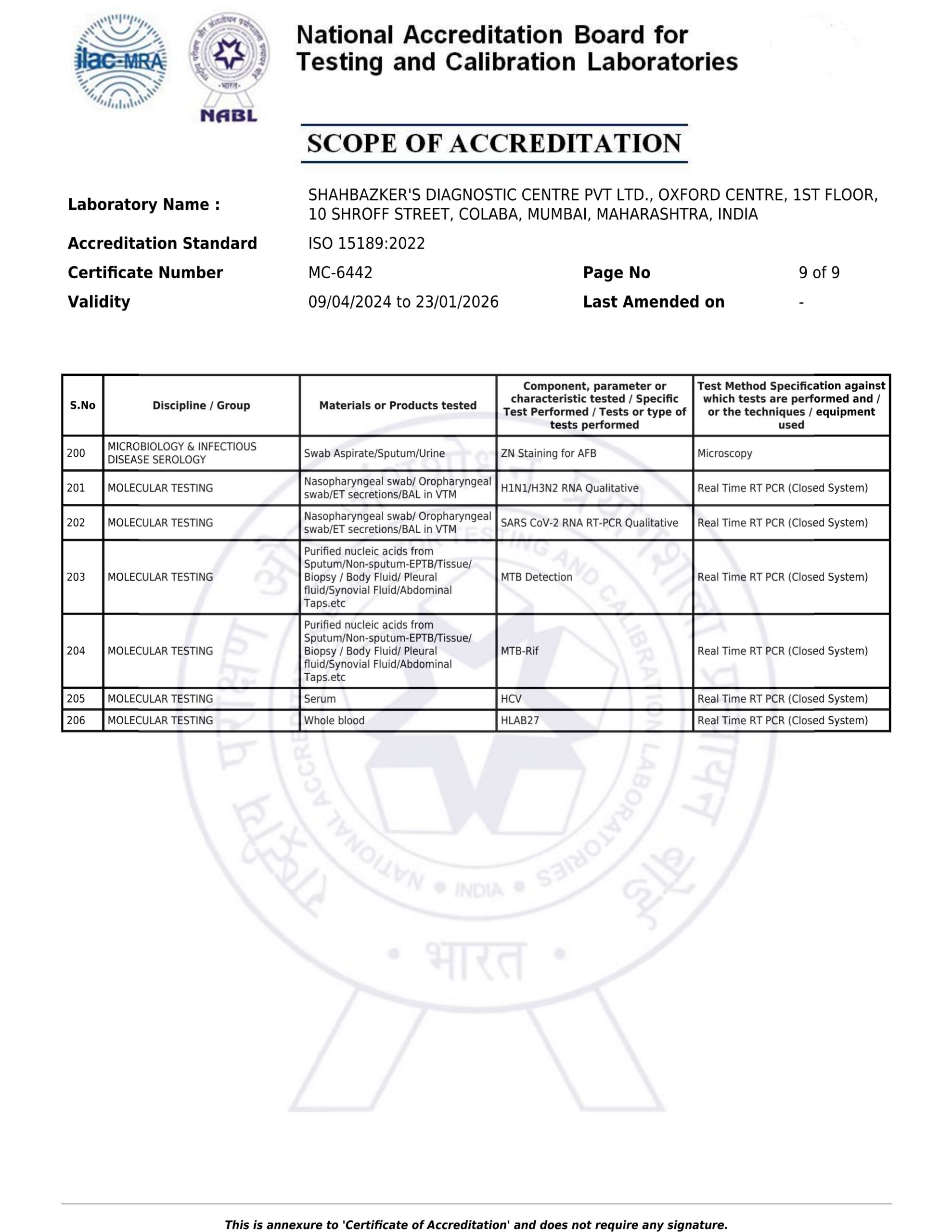
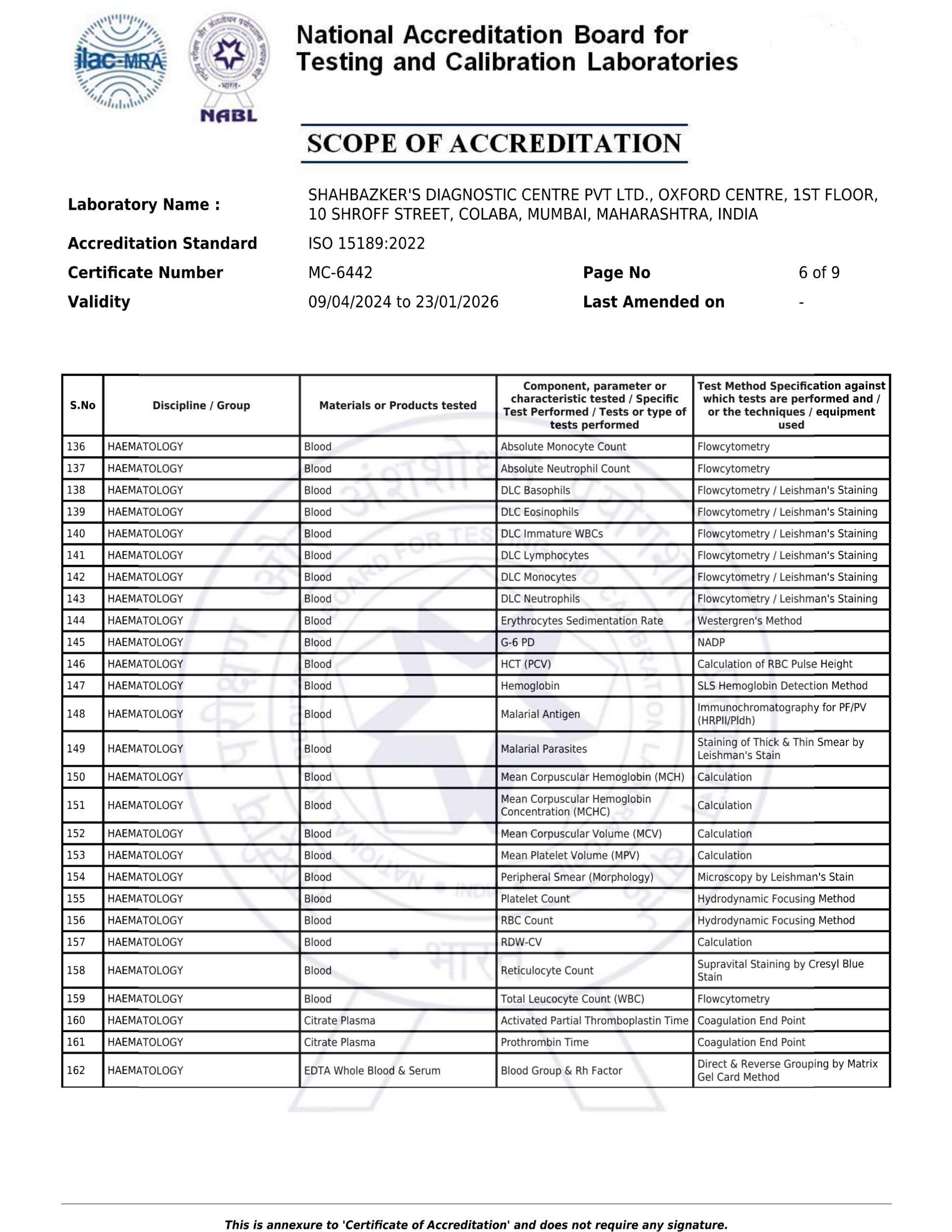
Recent Comments